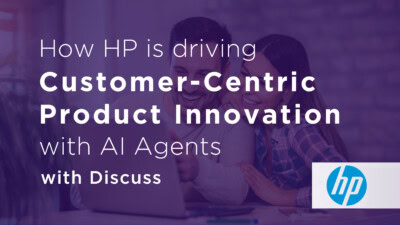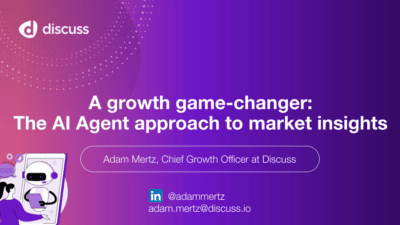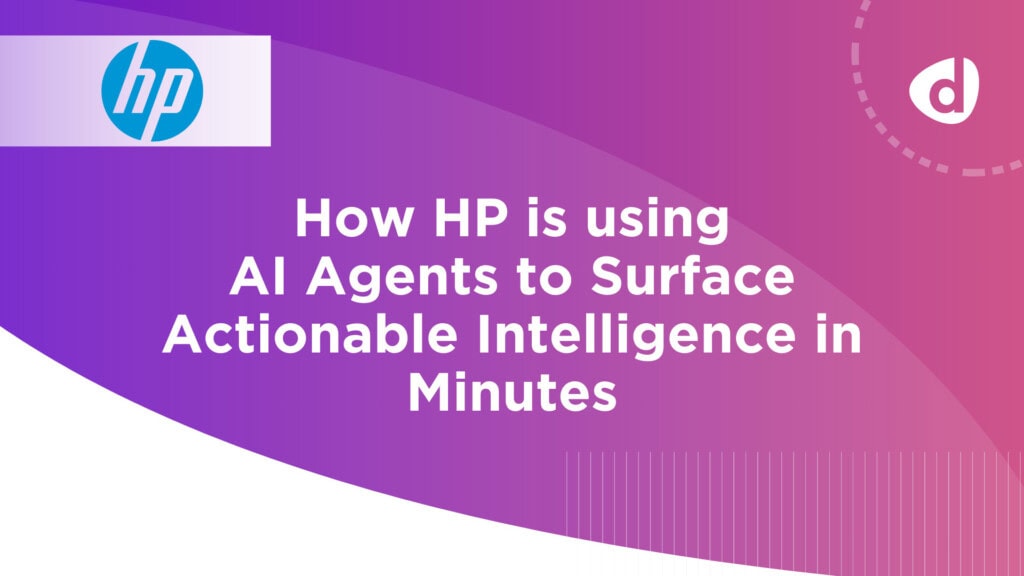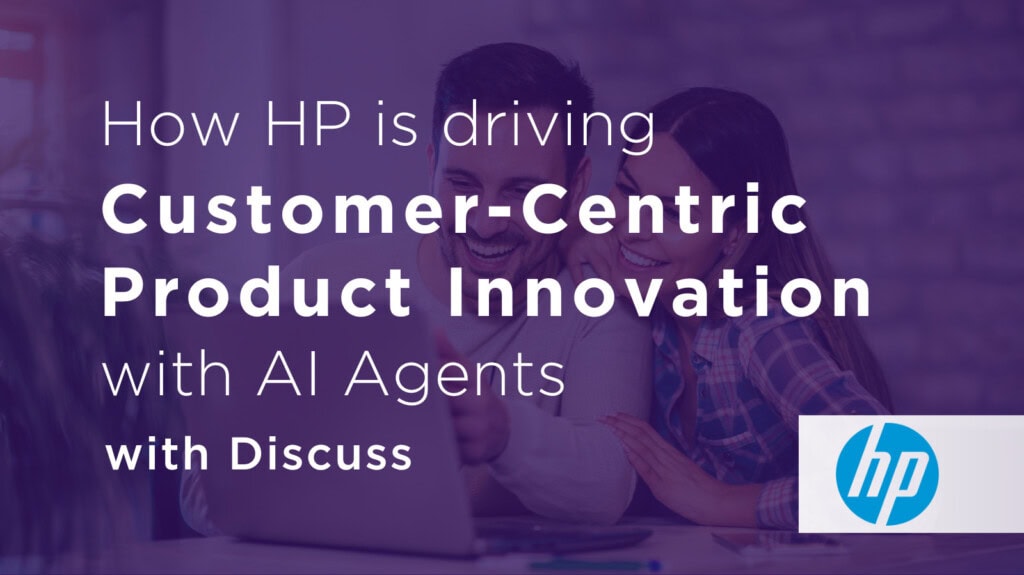Apathy to Empathy : The 3 Steps to Design for Human Centricity at Scale
We all know that achieving human centricity is very hard. The top reasons that we often hear when working with global brands and research agencies is that it can be expensive, complex, and hard to piece together on a global scale.
It can be a juggling act with so many moving parts – different tools, technologies, and third-party vendors. Not to mention the time and effort at each step – from finding and recruiting the right target audience to scheduling sessions to involving observers, executing the research, and then trying to synthesize all of the insights from the conversations.
Discover how to eliminate the historical pains of conducting qual in this new era of human centricity with perspectives from guest speakers Senem Guler-Biyikli, PhD, Forrester Analyst, and Sarah Tomasaitis, U.S. Insights Director at Suntory Global Spirits.
Key Takeaways:
- Learn how to overcome common failure points in achieving human centricity
- Steps you can take today to start bringing your customers to the center of your strategic initiatives
- How to use AI to foster deeper consumer empathy
- Hear real-world examples of applying human centricity that resulted in 10x increase in consumer closeness
Sign Up for our Newsletter
Other Videos
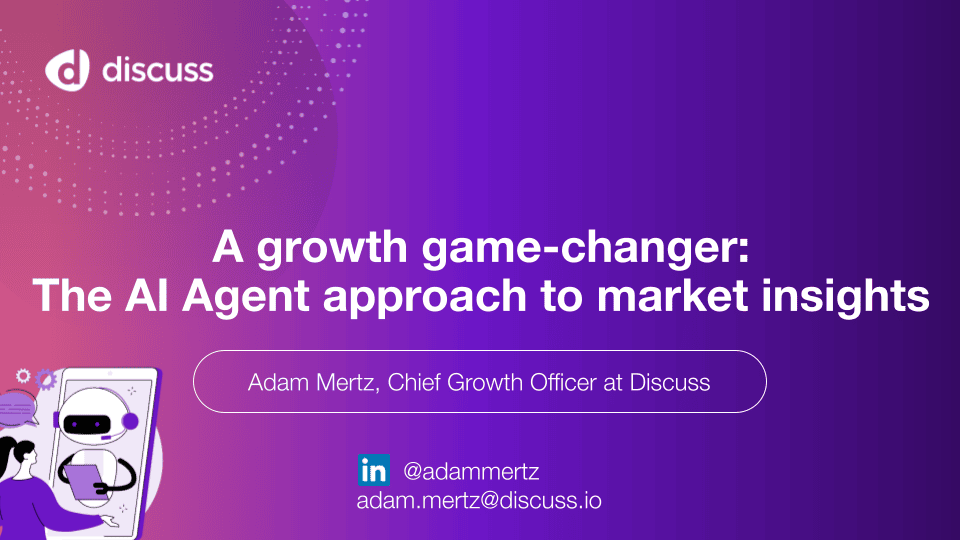
A Growth Game-Changer: The AI Agent Approach to Market Insights
From The MarTech Conference | March 2025 Marketing teams thrive — or fail — based on how well they optimize…
From The MarTech Conference | March 2025 Marketing teams thrive — or fail — based on how well they optimize…

